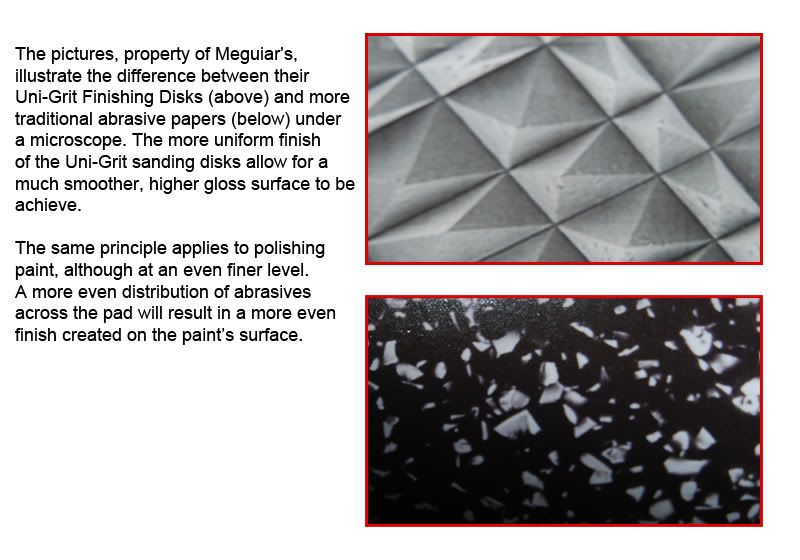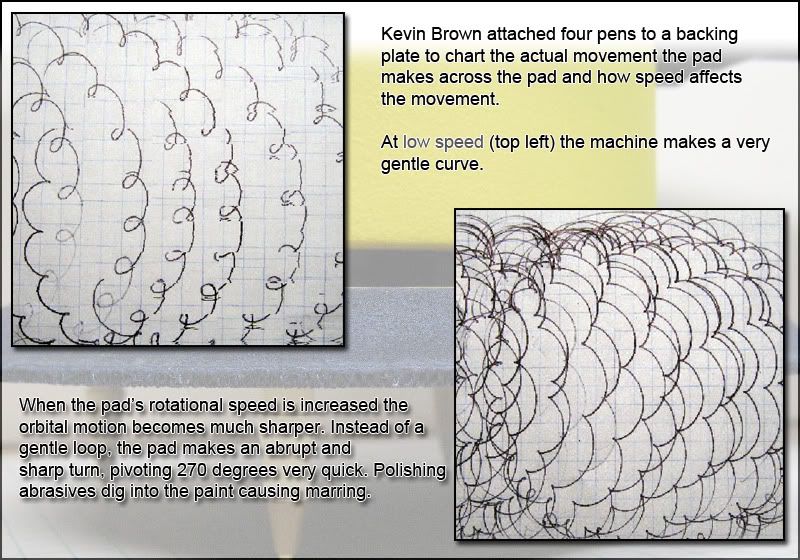solekeeper said:
th, thank you for all of that info.. I was under the impression that p02 is a medium cut polish..
Your impression is correct. Menzerna PO203s is a meduim cut polish that will produce a nice finish on most paint systems. M105 is marketed as a cutting compound, although I would disagree with this. If we judge the polishing liquid (compound/polish/whatever) as a function of its abrasives, then M105 (IMO) would be more accurately described as a medium/finishing liquid that has the ability to be extremely aggressive.
You're saying this polish could be more harsh than m105?[/QUOTE]
Yes and no. A lot of factors determine how 'harsh' a product is. Application method being the biggest. But here is the thing....
PO203s, for optimal results, should be worked through a polishing cycle. That is the abrasives start rough and break down as friction from the polishing process breaks them apart. The only way to break the break the abrasives down is to use the friction from the polishing process, and that friction removes paint.
M105, by function of its abrasives, does not require to be broken down. So you can stop 5 seconds in, 10 seconds in, 15 seconds in, etc and still have the same resulting finish. With PO203s, if you stop polishing too early (and not break down the abrasives) then the finish will fall short of its potenital.
Since PO203s requires a certain amount of applicational friction, you are 'locked in' to removing a certain amount of material in order to achieve the highest quality results.
If you work both products identically, for the same amount of time, M105 will remove more material (most of the time). However if you work M105 for 10 seconds and are required to power PO203s for 1 minute, then PO203s (in this application) would likely remove more material.
Sorry for the long winded answer.















